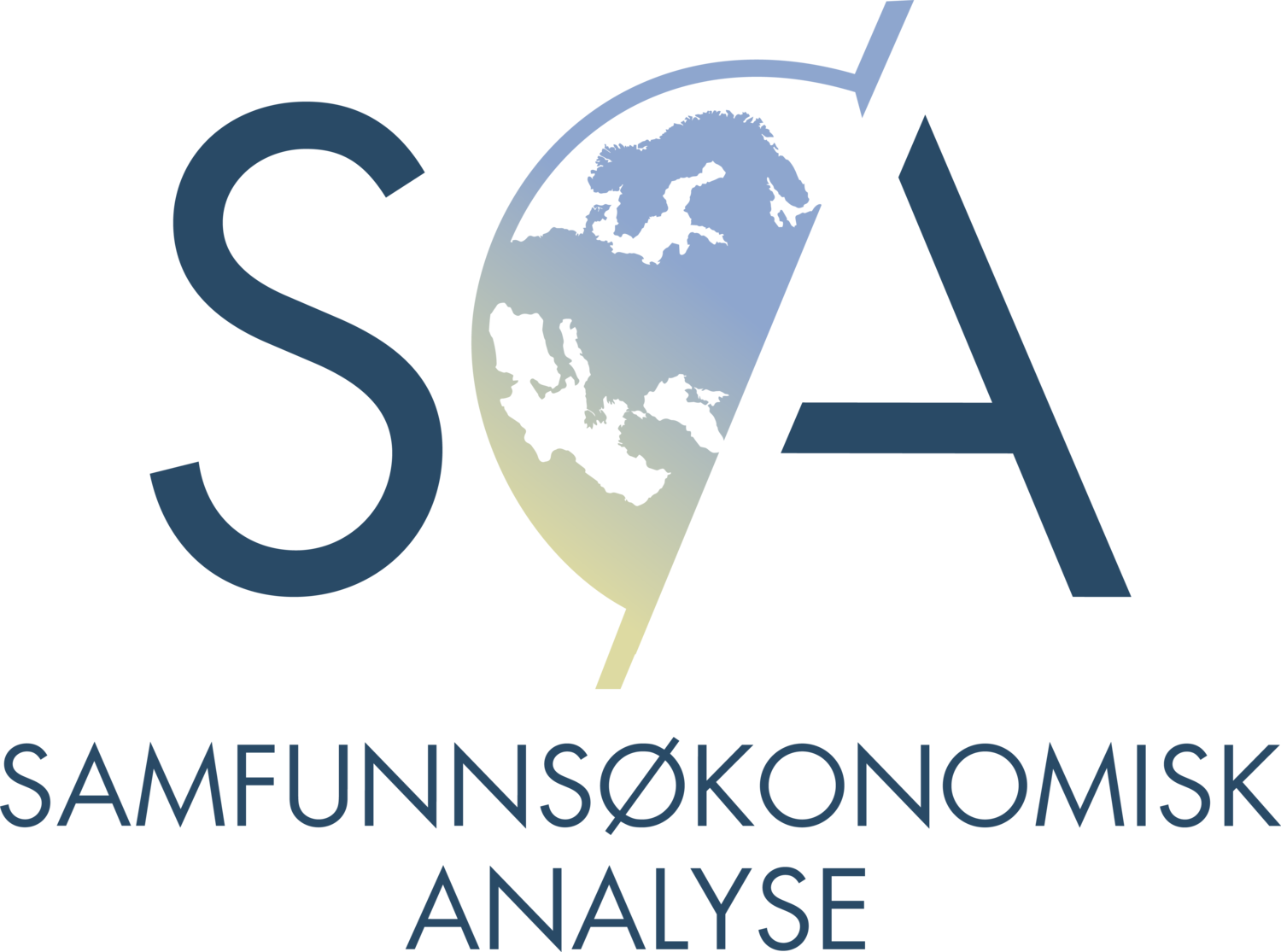Samfunnsøkonomisk analyse has conducted this study for the Ministry of Education and Research. Fafo has been subcontractor in the project, and responsible for chapter 4; here summarizes in the last paragraph. In the analysis, we have estimated the socio-economic costs by giving minor asylum seekers and refugees who come to Norway inadequate primary and secondary education and training. The background for the analysis is the increasing number of asylum seekers and refugees arriving Norway in 2015. Relatively many of those who came were under 18 years, and this has created challenges for the Norwegian education authorities in order to provide adequate primary and secondary education and training.
In the report, inadequate primary and secondary education and training is defined as follows:
The education is inadequate if it does not give minor asylum seekers or refugees competences so that they have the same premises as Norwegian children and youth to participate in further education, employment and other social life.
There are several factors that affect whether the education and training is adequate or not. On the one hand, there are factors that the school is responsible for, such as adapted education in Norwegian, bilingual subject teaching and mother tongue instruction. On the other hand, there are several underlying factors of significance, such as socioeconomic variables, how young the children are when they come to Norway, country of origin, if they come unaccompanied or not etc. These are all factors that are taken into account when calculating the cost by giving inadequate education and training.
If insufficient education and training occurs, this can lead to individual loss of income, and loss of life quality and health, increased expenditure for the society on social security and benefits, and externalities, such as higher crime rates etc. – and it is these outcomes we will calculate the cost of. Nevertheless, we must take into account that the individuals we are looking at in this study will live different lives when growing up, whether they receive inadequate education and training or not. However, in analysis purpose we envisage four pathways of life: A) Having adequate education and training, and being in a job that corresponds to the education, B) Adequate education, but overqualified for the job according to education, C) Inadequate education, but job according to education, and D) Inadequate education, and unemployed. The cost by inadequate education and training is calculated by measuring pathway C and D against what we call “the zero option”, which is pathway A plus B. The zero option is seen as the best outcome for the minor asylum seekers and refugees, given that they receive adequate education and training.
We calculate the socio-economic costs of giving minor asylum seekers and refugees inadequate primary and secondary education and training, to an average of NOK 3.8 million per individual (value per 2015).
Fafo has examined what could be done in school to ensure that the minor asylum seekers and refugees receive adequate education, and the following measures can be mentioned: (i) The children must enter education and training shortly after they arrive Norway, (ii) The pupils must receive adequate adaptet education in Norwegian, including bilingual subject education and mother tongue instruction if needed, (iii) It must be taken into account that many of the pupils have mental challenges, and need extra support for this, and (iv) Pupils must be included in the social environment at school, and the cooperation between school and home must be strengthened.
Click here to read the full report.

